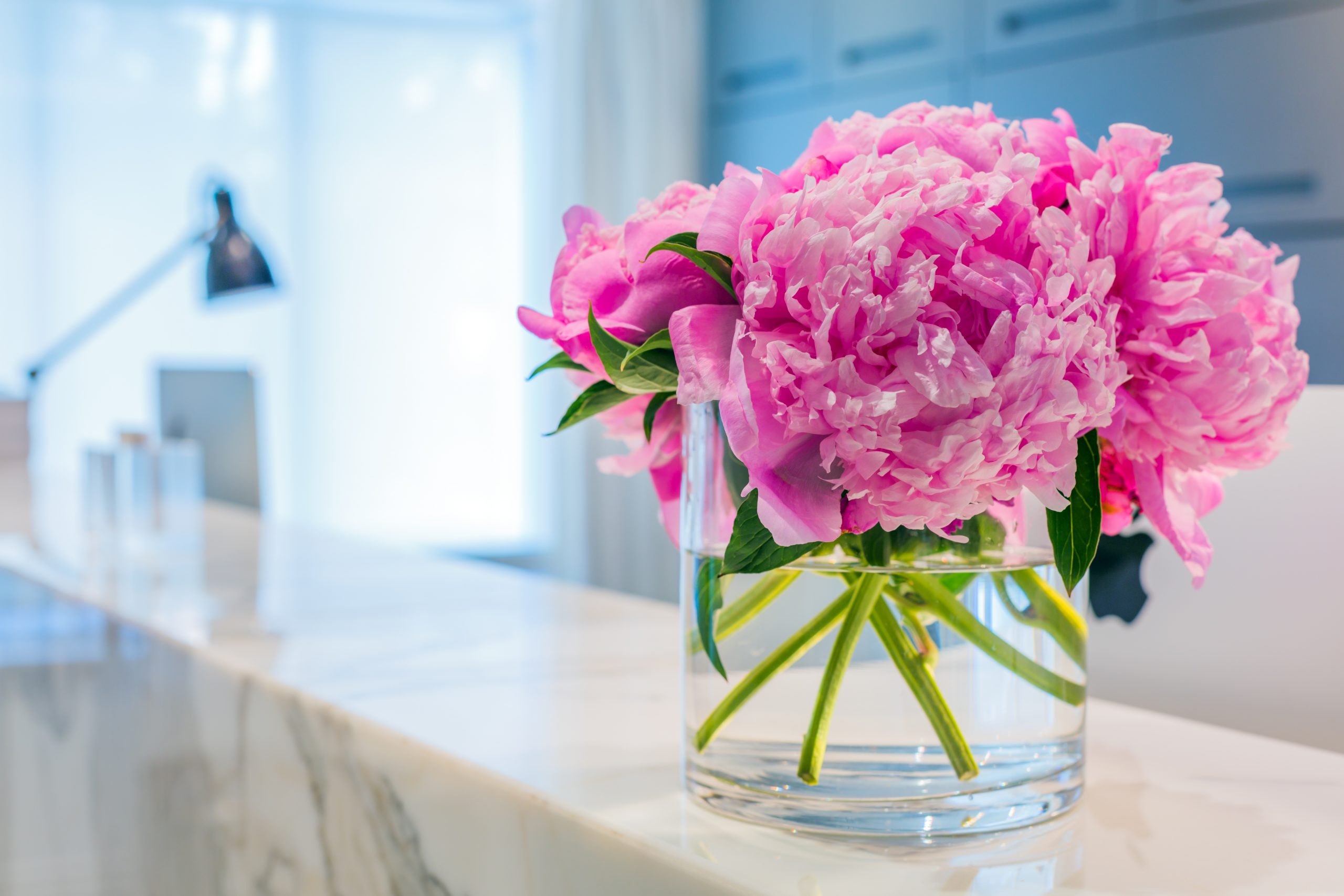For the millions of workers who find going into the office stinks, some executives say they have a remedy: Make the office smell better.
Hines, a commercial real-estate company with skyscrapers worldwide, has developed a special scent it began quietly pumping into the heating, air conditioning and ventilation system in its Texas Tower headquarters in Houston late last year. It’s rolling out the fragrance in more than 20 other office buildings and apartment complexes this year, from Chicago and New York to London and Delhi, India.
Taking cues from luxury resorts such as St. Regis hotels, coupled with research that shows pleasant smells can boost moods, Hines is part of a growing biophilic trend that aims to make workplaces feel, look and, yes, smell, more like a day at the spa.
Companies already were populating offices with sensory-stimulating design such as greenery, ample natural light and soothing white noise. Now, the office is getting a nose job.
“The amount of clients that are now asking ‘How is this weaved throughout the space?—that conversation has definitely increased,” Natalie Engels, a design director at architecture firm Gensler, says of wellness aspects, including office scents.
Hines is aiming for aromatherapy that can enhance worker well-being, explains co-CEO Laura Hines-Pierce.
“Each note was thoughtfully selected,” she says, “to ensure that walking into a Hines space creates a sense of belonging.”
The company’s signature scent took over a year to perfect and incorporates 35 ingredients including Asian Sambac Jasmine, which is said to improve happiness and confidence, Indian Sandalwood for alleviating anxiety, and Italian Pine to fight fatigue.
Managers have struggled to get more workers into offices , despite demands and perks, from outdoor terraces in the sky to fancy free coffee , to tying pay to attendance . Employees can be motivated by gold-plated extras, such as on-site B12 shots and dry cleaning, say Hines executives. But smells at work, proponents say, can actually be transporting. (And we’re not talking about stale coffee or microwave popcorn.)
“Our mindset is, ‘How can we reframe the way people think about the office?’” says Whitney Bossin Burns, senior vice president of global client strategy at Hines. “If we can make it a place where people can associate positive memories with it, we need to do that in every possible realm that we can.”
Some businesses have long used aroma to entice shoppers—and rouse the brain area that affects emotions. St. Regis Hotel’s scent has featured freshly cut American Beauty roses and a hint of Champagne. Cinnabon bakery chain places ovens near storefronts so the smell of warm cinnamon rolls escapes when doors open. And Abercrombie & Fitch gained notoriety for pumping out so much of its musky scent that the odor wafted down the mall.
Creating an eau d’office has its own challenges.
“You want something that will impact desire to return and also how well they’ll do their work,” says Alan R. Hirsch, neurological director of the Smell & Taste Treatment and Research Foundation in Chicago, which treats and studies patients with disorders.
Dr. Hirsch authored a study in the early 1990s that showed subjects were 84% more likely to purchase Nike sneakers in a room scented with a mixed-floral aroma versus those in an unscented room. Mixed-floral smells have also been linked with faster learning, according to studies he and colleagues have conducted.
Finding office-appropriate scents is key. Dr. Hirsch, for instance, says companies should avoid the combination of lavender and pumpkin pie because of its sexual-arousal effect.
“We did a study looking at effects of odors on penile blood flow and found the number one that enhanced blood flow was this combination,” he says. “I don’t know why.”
Hines worked with ScentAir, a provider of experiential fragrances for spaces including Marriott hotels. It was ScentAir’s first time making a custom scent for an entire office portfolio.
“They wanted both uplifting and relaxing, which is not something that I get all the time,” says Neohni Gilligan, ScentAir’s director of fragrance and product marketing. In hotels, clients usually want to set a relaxed vibe. But in the office space, “they want an ‘I’ve arrived and am ready to be here’ kind of mentality.”
That was then all communicated to fragrance maker Belle Aire Creations. Once four prototypes were ready, a half dozen Hines representatives, including the co-CEOs and SVP Bossin Burns took smell tests.
“They would say smell a cup of coffee beans in between to cleanse your palate, so that you can get a full experience,” Bossin Burns recalls. The small group narrowed the options to two scents.
The company then piloted the contenders in conference rooms and other spaces to allow both Hines executives and employees to give their 2 cents about the two scents. In some cases, workers initially had no idea they were guinea pigs, but Hines representatives followed up in interviews.
“We did not, you know, lead the witness, but we got feedback that they really enjoyed it,” she says.
At Marler Law Partners, a family-law firm with offices in St. Louis and Farmington, Mo., managing partner Sara L. Marler began adding scent diffusers about six months ago. When she has a particularly hard case that is weighing on her and her staff, they go for an uplifting fragrance. If a new client is coming in, they switch to bergamot, which she says can relieve tension.
“We love lavender but we can’t do lavender in Farmington because one of the girls is allergic to it,” she says.
On social media, many are sounding off on their offices’ newly perfumed air. One man wrote on X that the scent diffusers in the lobby of his workplace made him “a snotty mess.”
In the Texas Tower lobby, concierge staffers are passing along sentiments they hear from workers and visitors.
“Sometimes they can’t articulate it. They’ll say ‘is something different?” says Bossin Burns. “And then our staff will say, ‘Yes, we’ve implemented the Hines signature scent.’”
Write to Ray A. Smith at Ray.Smith@wsj.com



